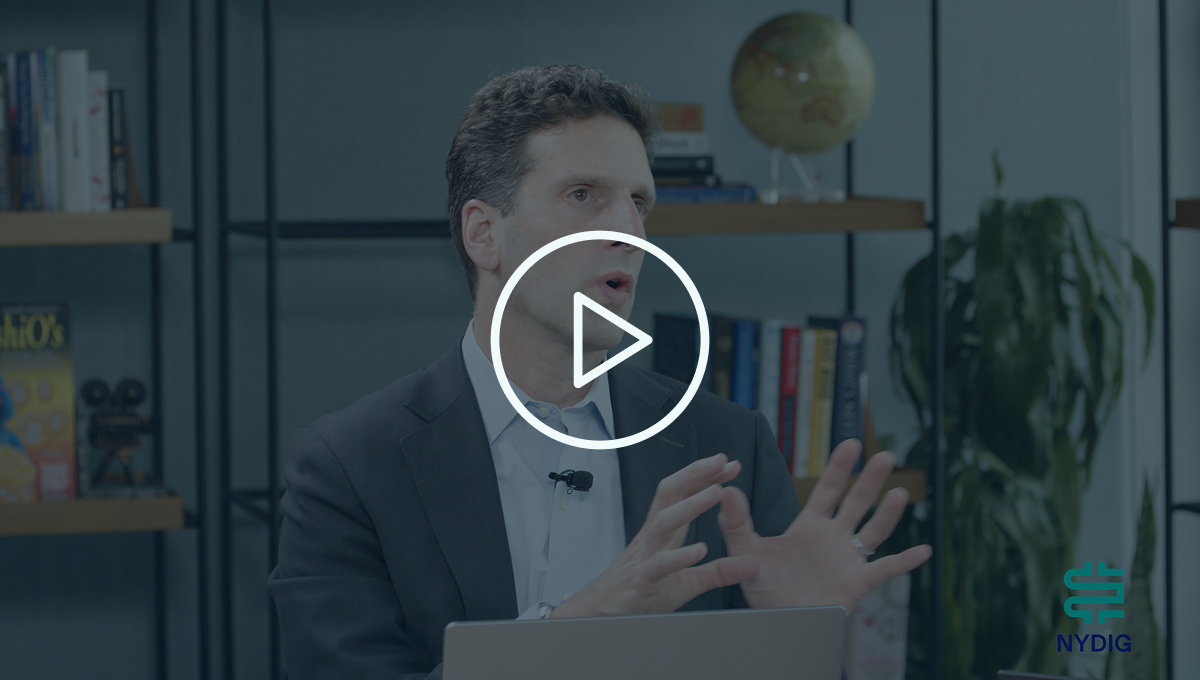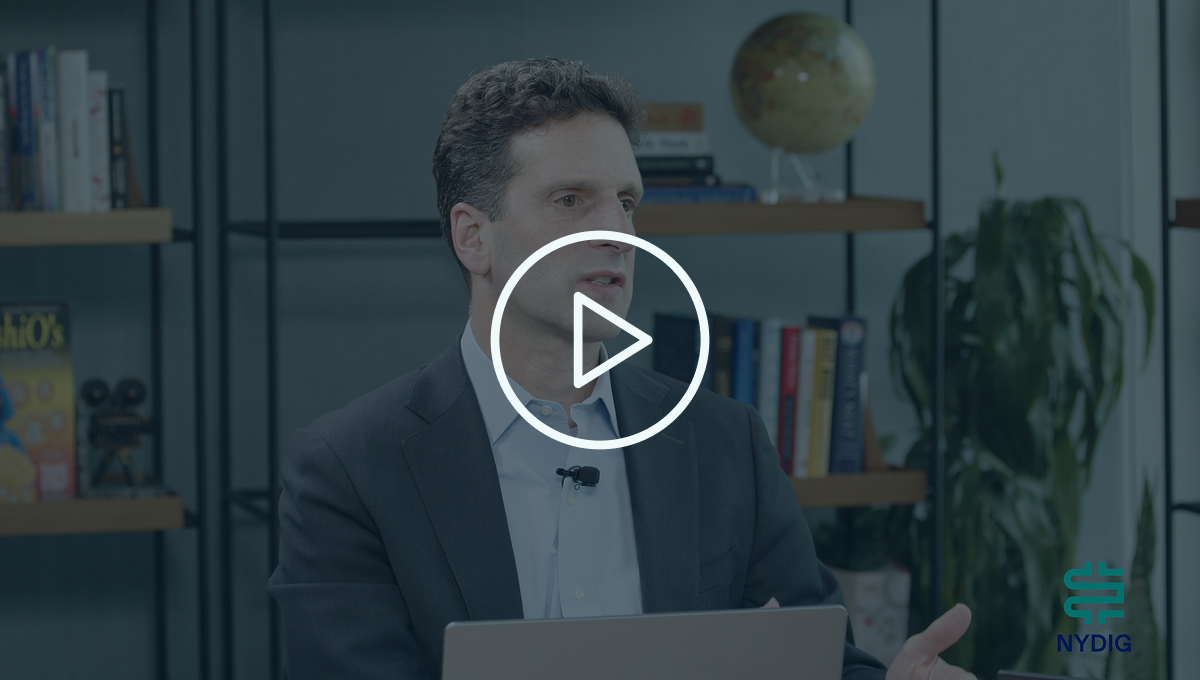Pressure Testing Price Targets
12/12/2025
DAT Financing Decisions Are Being Driven by the Wrong Metric
12/5/2025
A Look into the Factors Affecting the Selloff
11/21/2025
State of Bitcoin (Q4 2025)
11/10/2025
Bitcoin Cycles: From Reflexive Narratives to The Forever Bid
11/7/2025
Tales From the Crypt(o)
10/31/2025
newsletter
Sign up for weekly research
Subscribe now to learn what’s driving bitcoin markets, track significant regulatory developments, and get the data that deserves your attention.

























